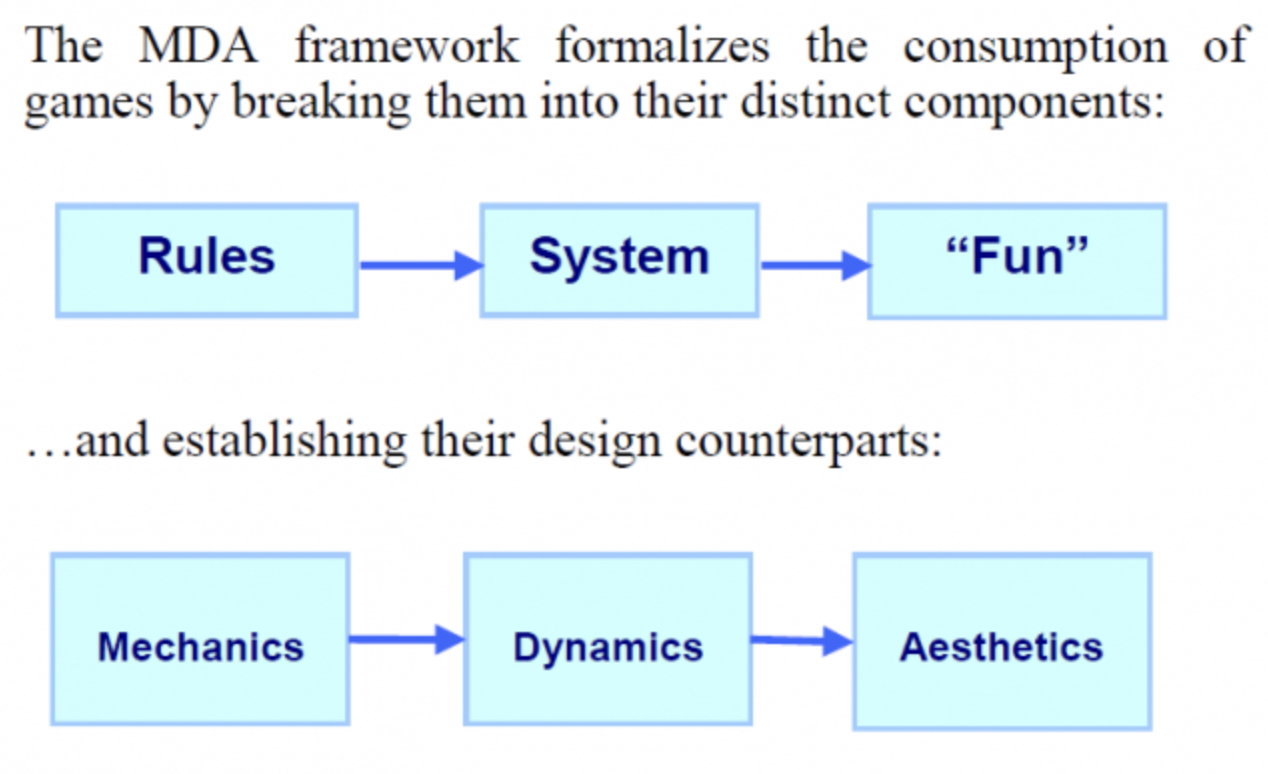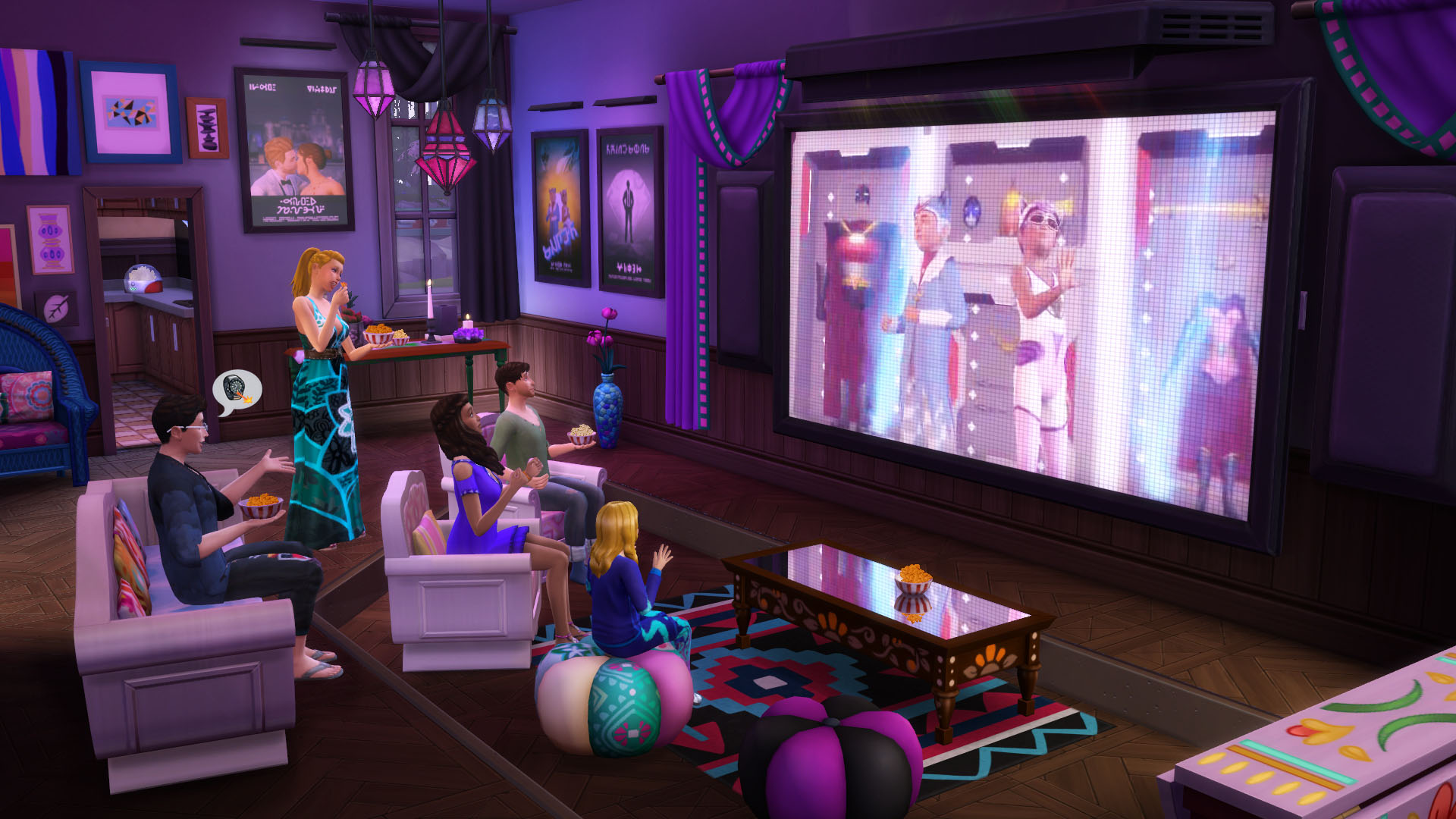I recently read Ender's Game (highly recommended), it got me thinking about games but also about something more: Autonomous Worlds.
In the novel, our main character, Ender, is trained to fight in a war using advanced simulations. These simulations don't just provide static tasks; they react in real time to the players' strategies and decisions, evolving based on predefined rules.
It's easy to think of these simulations as complex games, but there’s more at play here. It's a system that reacts and adapts independently of any direct human control—well, almost independently. In Ender's Game, the simulations are dynamic but ultimately controlled by external forces—teachers/commanders who tweak the parameters to push Ender further, preventing the system from being truly autonomous.

This raises an intriguing question: What if these worlds could evolve independently, without anyone behind the scenes pulling the strings?
As much as I find Matrix-like worlds highly entertaining, my goal with this post isn’t to write a sci-fi story. Instead, I want to break down why games are much more than “just games”, what exactly are autonomous worlds and how we're almost at the point of building digital worlds.
From Games to Autonomous Worlds
Games: The Gateway to Building [Autonomous] Worlds
Games have long been a way to explore complex systems and interactions. Yet, I dislike the word “game.” It’s often dismissed in my circles, and I find myself saying "it's not just a game" to convey the deeper impact games hold.
At their core, games are formalized play, meaning they take the creative essence of play and give it a framework with rules, objectives, and boundaries. Through play, we explore ideas, create meaning, and form bonds with others.
As Huizinga wrote:
“It is through this playing that society expresses its interpretation of life and the world. By this we do not mean that play turns into culture, rather that in its earliest phases culture has the play-character, that it proceeds in the shape and the mood of play.”
Huizinga argues that culture begins with play. Early societies expressed their beliefs, values, and understandings of life through playful rituals, games, myths, and storytelling. These activities were the building blocks of culture, not because they were serious or strictly functional, but because they allowed people to imagine, experiment, and give meaning to life in a shared, joyful way.
Simply put, games give structure to our natural impulse to explore, compete, and create meaning. The formalization happens through rules, and this is where things get interesting.
Rules as the Building Blocks of Digital Worlds
It might sound obvious—and that's a risk I’m willing to take—but rules are what define a game.

In a well-designed game, rules don’t just guide behavior; they create entire ecosystems. They establish boundaries, define roles, and introduce challenges, shaping the way players interact. In essence, rules turn games into mini-societies where complex dynamics—like economies, hierarchies, and competition—can be explored.
This brings us back to the question: What if games could evolve independently, driven purely by their rules?
Unlike traditional games, where rules are enforced by a central authority (e.g., developers or moderators), think about games that operate independently, evolving based on the interactions of their participants.

Now, take this idea a step further: What if these principles could be applied to entire digital spaces, creating self-sustaining systems beyond the boundries of traditional games?
This is where Autonomous Worlds come in.
What exactly are Autonomous Worlds?
Autonomous Worlds are digital spaces governed by immutable rules, often encoded as smart contracts. These worlds evolve through user interactions, free from centralized control. By building on principles from games—like structured rules and meaningful interaction—they represent a leap forward, creating systems that operate independently and transparently.
Ludens talks about this concept in Autonomous Worlds (Part 1), where he describes them as “containers for entities and a coherent set of rules.” Once the rules are established, the world functions autonomously, much like a self-sustaining system where participants shape its evolution. This introduces the concept of digital physics—a term often referenced in niche crypto and gaming circles.
In the physical world, natural laws like gravity govern how everything behaves. Similarly, Autonomous Worlds are governed by digital physics: immutable, pre-defined rules that dictate the behavior of the digital space.
In Autonomous Worlds:
-
Rules are encoded into the system (typically through smart contracts), and once those rules are in place, the world runs independently.
-
Players interact within the system, driving its evolution, but no single entity controls the outcome.
In essence, Autonomous Worlds represent the next evolution of digital spaces. They are ecosystems where rules are transparent and immutable, fostering collaboration and innovation while serving the inhabitants rather than any central authority.
Building Autonomous Worlds
Enter Blockchain
To create spaces that evolve fairly and transparently, we need technology that enforces rules without centralized control. This is where blockchain comes in.
Blockchain’s transparency and immutability make it the ideal foundation for Autonomous Worlds. By locking rules into trustless, verifiable smart contracts, blockchain ensures these worlds remain fair and decentralized. Unlike traditional systems—where a central authority can override or manipulate the rules—blockchain guarantees that the system operates exactly as intended.
Elephant in the room: isn’t the blockchain only for finance? It’s easy to assume that blockchain’s role is only in finance.
Bitcoin and Ethereum initially popularized decentralized currency and finance, but its real power lies in creating enforceable rules for any system—games included. In other words blockchain is a tool for creating enforceable, transparent rules, which opens up applications far beyond transactions.
Blockchains do more than ensure transparency and security in Autonomous Worlds—it enables fully immersive, decentralized economies. Now, to be clear we're not turning games into economic systems; instead, we're creating environments where players' actions hold real value.
Beyond Censorship Resistance: Virtual Economies
In traditional games, assets like weapons, clothes, or virtual land are controlled by a central authority (usually the game developer), meaning players don’t actually own them. Developers can change, revoke, or manipulate these assets at any time. Blockchain gives us the tools to create worlds with independent rules and economies
As Chris Dixon explains in Read Write Own:
“Fungible tokens representing virtual currencies and NFTs representing virtual goods would flow freely through the network. Some NFTs would be “soulbound“ or nontransferable, representing a special achievement or an item forever tied to the person who attained it. Some NFTs would be transferable commodities like, virtual clothing, or “skins“ that can be bought and sold. And other NFTs would be a combination, with some features that are tradable and some that are not. An avatar might acquire experience points that reset on transfer, for instance.”
Unrealized Potential of Blockchain games
Games provide the perfect testing ground for exploring complex systems, serving as the foundation for fully realized Autonomous Worlds.
With 2.6 billion active players globally and a market set to hit $282 billion by 2025, gaming’s growth is undeniable. It’s clear there’s space for something new.
Though blockchain gaming hasn’t quiet taken off yet the potential is huge and we finally have the tools to create fun, immersive games that guarantee transparency and true ownership.
Tools to get you started
https://x.com/FUCORY/status/1832849406351282222
While this isn’t a step-by-step guide, I want to highlight two tools that are worth exploring: MUD and Redstone. These tools simplify the development process and help turn ideas into on-chain games with less sleepless nights.
-
MUD: an open-source framework designed to make building on-chain games on Ethereum easier. It simplifies the process of interacting with on-chain data, offering features like automatic indexing and standardized data models.
-
Redstone: Layer 2 blockchain optimized for games. It reduces costs using off-chain data availability while ensuring integrity, making it ideal for high-throughput gaming environments
With blockchains, we can build Autonomous Worlds—systems that react, evolve, and function independently, free from external manipulation.
To get there we start with games. It’s clear that gaming is no longer just about playing—it’s about creating, owning, and earning through virtual spaces. Games offer a glimpse into how autonomous systems can function in real life. They serve as a testing ground for the mechanics and interactions that Autonomous Worlds will one day fully realize. Players can experiment with rules and economies, build communities, and understand the power of collective ownership.
With gaming already a huge part of people’s lives, the chance to create Autonomous Worlds is even more exciting. And as these worlds grow and develop, they could redefine how we interact, create, and connect in the digital space. 🌎
Games are cool, but Autonomous Worlds are where things get really interesting.




评论 (0)